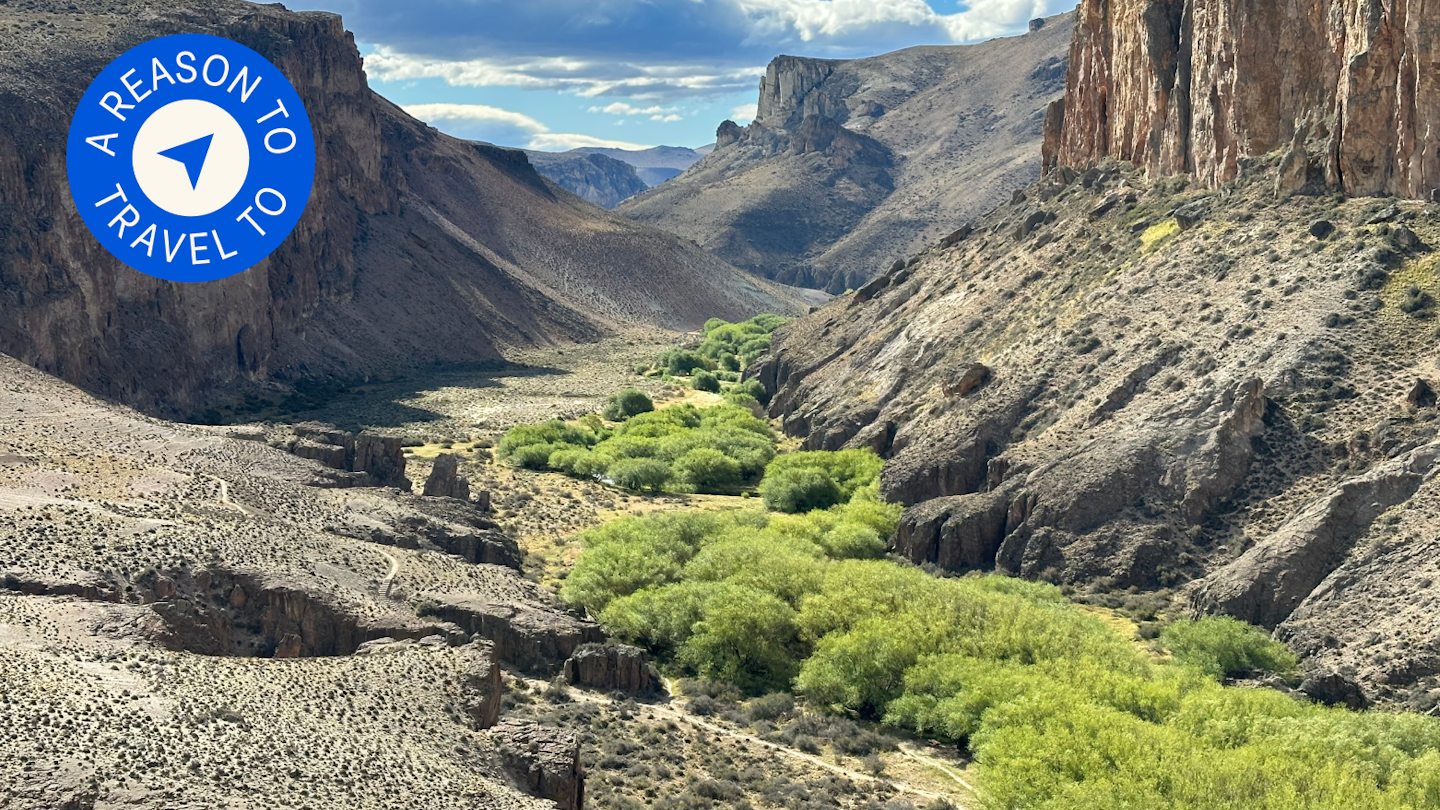Explore Parque Patagonia Argentina: A Hidden Gem for Adventure Seekers
Looking for a great reason to plan your next adventure? Here’s why you should visit Argentine Patagonia this year.
If you tell people you are headed to Patagonia, they may immediately assume you’re headed to Chile. This is one of the many reasons to consider stopping in this under-visited region of Argentina to witness the massive and exciting rewilding efforts taking place here.
Outdoor enthusiasts tend to flock to the more popular established parks in Chile. However, Parque Patagonia Argentina, which boasts stunning landscapes that differ significantly from its neighbor, is drawing attention. The views are captivating and will enchant nature lovers for various reasons.

The momentum in this part of the Patagonia steppe is remarkable. Parque Patagonia Argentina has been designated a national park since 2014 and has included the Cañadón Pinturas Portal since 2019. Visitors are drawn to the archaeological sites here, particularly the renowned Cueva de las Manos, or “Cave of the Hands.” The colorful walls are adorned with handprints and wildlife rock paintings that experts believe date back over 9,000 years.

The area surrounding Cueva de las Manos was formerly ranchland, which displaced many native species. Today, a massive rewilding project led by the Freyja Foundation and Rewilding Argentina is underway. This initiative aims to restore the land to its natural state by reintroducing wildlife, including the region’s top predator: the puma.
The growing Portal Cañadón Pinturas area within the park features exciting new amenities, including lodging options and outdoor activities for overnight visitors. Volunteers have created 10 new trails, offering breathtaking views such as the stunning Tierra de Colores and scenic treks through the Pinturas canyon.
Other facilities include a lodge and newly established campgrounds. The Elsa Rosenvasser Feher Planetarium and Interpretation Centre is set to open in November 2023, in conjunction with the park’s summer season. This facility, featuring various exhibits and a rock-climbing wall for children, was funded by an Argentine scientist.

The ultimate goal is to connect parks on both sides of the international border to form a larger wildlife sanctuary. However, this dream faces political challenges from both regional and federal governments. Legislative changes are needed to incorporate land acquired through this public-private effort into the national park.
Many travelers previously sped past this area on Hwy 40 while heading to more well-known protected parks. Now, with the new trails and facilities, there are plenty of reasons to slow down and experience this evolving national park, offering a fresh perspective on Patagonia.

Where to Stay
The nearest town, Perito Moreno, lies approximately 61 km away. An alternative is to stay within the park at Refugio La Posta de los Toldos, which saves time and fuel. The food and hospitality here create a luxurious atmosphere, allowing you to wake up to wildlife such as guanacos and lesser rheas nearby. As this sustainable lodge operates on solar power, hair dryers can’t be used, but the charming wildlife won’t judge you for it.
If you’re adventurous or have a rented camper van, consider the park’s campsites equipped with barriers to shield against Patagonia’s constant winds. A small snack bar provides beer and tasty post-hike provisions near one of the campsites.
What to See
The local nightlife centers around the on-site observatory. Just a short walk from the lodge, this stone structure is heated and designed to protect against the wind. Because of minimal light pollution, it offers a comfortable environment for stargazing, allowing you to appreciate constellations like the Southern Cross from the Southern Hemisphere.
The park is actively working to reintroduce pumas into its ecosystem. A significant aspect of this endeavor is Falcuno Epul, a former ranch worker retrained to track, monitor, and collect data on the pumas. He also serves as a wildlife-watching guide, sharing his insights on the park’s rewilding efforts. If you’re fortunate, you may spot a puma in its natural habitat during your visit.
Melissa traveled to Parque Patagonia Argentina at the invitation of the park, Rewilding Argentina, and the Freyja Foundation. iBestTravel does not accept complimentary services in exchange for favorable coverage.




